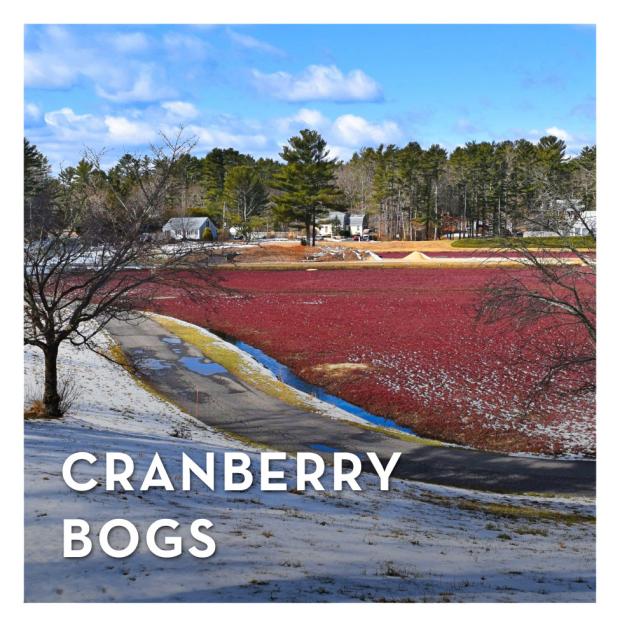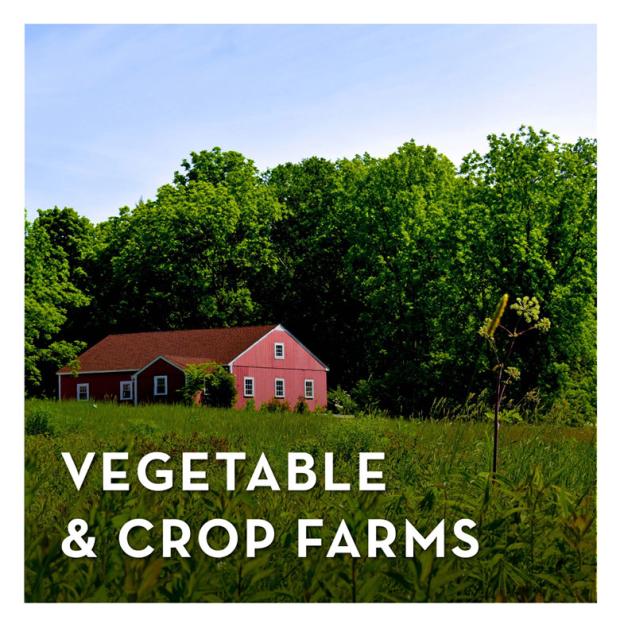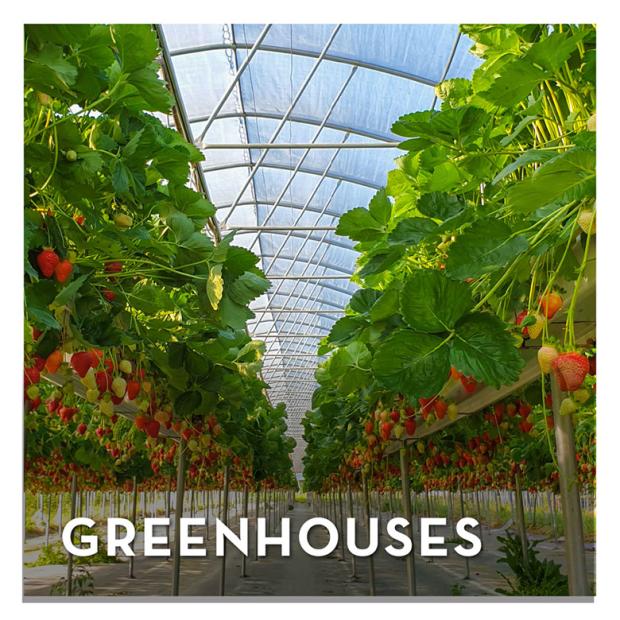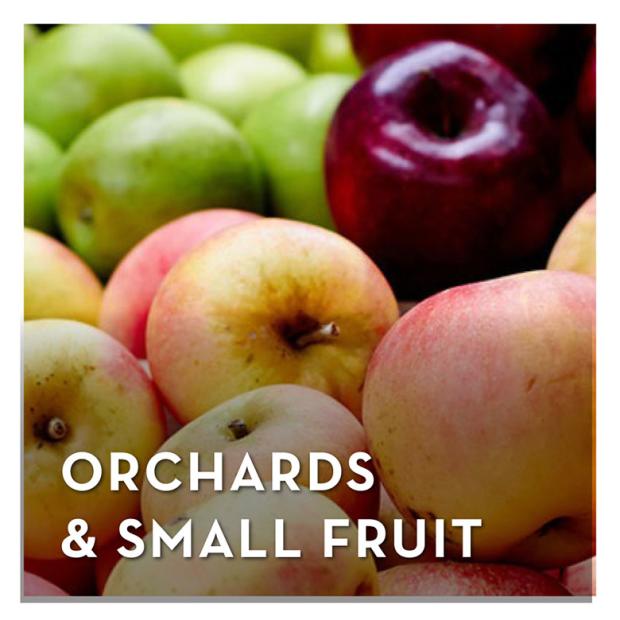The care and feeding of farm animals, including dairy cows, requires a continuous balancing and re-balancing of precious resources — especially water.
- Healthy soil retains water and promotes stronger root growth. Make sure your soil has the right balance of organic materials and minerals. For every one percent of organic matter content, the soil can hold 16,500 gallons of plant-available water per acre of soil down to one foot deep
- Don’t graze plants lower than 3-4”. This will keep the plants from being stressed during a dry spell, and help prevent erosion and run-off
- Practice conservation tillage. Leave tillage (about 1/3 of last year’s crops) in the field so they become mulch for this year’s plantings. This provides nutrients and helps maintain healthy soil while also mitigating rain and snow run-off
Commercial greenhouses are ideal opportunities for water conservation since the environments are 100% controllable.
- In-pot drip irrigation systems are significantly more efficient than overhead sprinkler systems
- Use shading and glazing to reduce evapotranspiration (the transfer of water from soil to air by evaporation and plant transpiration)
- Regulate air movement. While it is necessary for healthy growth, be judicious. Just a 5 mph breeze increases evaporation by 20%
- Use healthy planting medium - too much peat and it won’t retain moisture
- Repair those drips and leaks in your irrigation pipes!
- Install gutter rainwater reclamation. One inch of rainfall on an acre of greenhouse provides 27,100 gallons of fresh water
Planting and managing fruit trees, berry bushes and grapes (viticulture) requires careful water management planning to produce a good harvest while ensuring water availability.
- Good soil is good water conservation. Test your soil by gently squeezing some in your hand. If it forms a loose ball without breaking apart, it has the right structure for retaining moisture
- Siting as a water conservation best practice. If the planting site has a gentle slope, position trees or fruit bushes across it, following the land’s natural contours. Avoid steep slopes to minimize soil erosion and run-off
- Install drip irrigation if possible for highly efficient watering and set for morning hours to minimize evaporation
- Plant green manure (vetch, cover crops) between trees and bushes to help maintain healthy soil and mitigate erosion
- Conservation tilling (leaving 1/3 of cover crop chopped up) provides a natural mulch and feeds the soil with nutrients as it decays. For every one percent of organic matter content, the soil can hold 16,500 gallons of plant-available water per acre of soil down to one-foot deep
- Fix those leaks in irrigation system pipes!

Approximately 70% of cranberry growers participate in water conservation programs like the Environmental Quality Incentive Program administered by the USDA Natural Resources Conservation Services. See link to this program under Additional Resources, below.
- Install flumes for controlling the flow of water throughout the growing area
- Install efficient irrigation components and monitor soil moisture regularly to schedule irrigation as efficiently as possible
- Time irrigation systems to run during the early morning in order to minimize evaporation
- Create by-pass canals to allow water to circulate around the bog system
- Establish tail-water recovery ponds to reclaim exiting bog system water and reuse for irrigation
Commercial nursery growers have the opportunity to put water conservation best practices to work for their businesses and their customers.
- Establish trees, shrubs and plants in healthy soil with the right balance of organic matter and minerals for retaining moisture. For every one percent of organic matter content, the soil can hold 16,500 gallons of plant-available water per acre of soil down to one-foot deep
- Mow grass between planted rows to 3-4” to help retain moisture and minimize stress during dry spells
- Irrigate early in the morning to minimize evaporation
- Install drip or sub-irrigation for most efficient watering at soil surface or root level
- Fix those leaks in your irrigation system!
- Grow native trees and plantings that are naturally drought tolerant
- Follow water conservation best practices for greenhouses if your operation includes them
- Share your water conservation program and best practices with your customers (commercial and residential) via literature and growing tips

Both small and large-scale vegetable and crop farms rely on adequate water throughout the life and growth stages of the plants. Through careful observation, soil management and timing, farmers can ensure crops get the necessary amount of water at each life stage while also practicing effective water conservation.
- Invest in a soil tensiometer ($75-$100) to measure and monitor soil moisture
- Add organic matter to the soil. It is estimated that for each percent of soil organic matter, water holding capacity increases by approximately ½” per foot of soil depth
- Use organic mulch on top of soil and around plants to enhance soil water retention and deter weeds (that rob crops of precious water)
- To avoid run-off, set irrigation rate to match soil infiltration and percolation rates. If the irrigation rate exceeds the infiltration and percolation rates, water will puddle on top and evaporate
- Time sprinklers so foliage can dry rapidly when irrigation is complete, usually in the morning.
- Install drip or sub-surface drip systems for most efficient irrigation
- Fix those leaks in irrigation system pipes!
Key Resources





